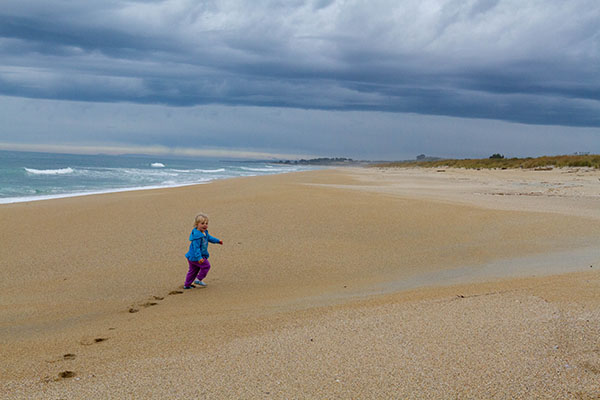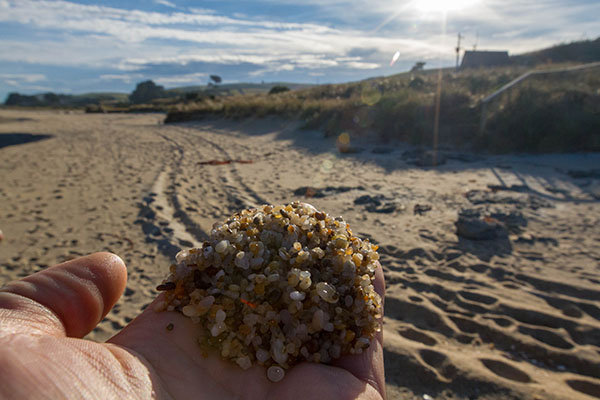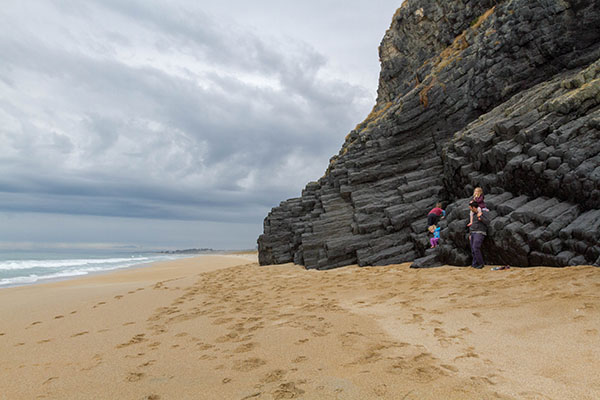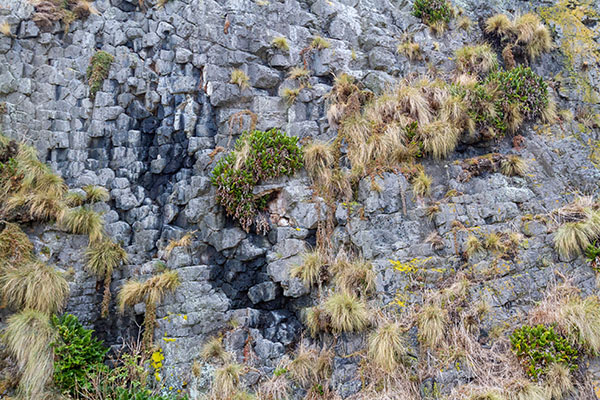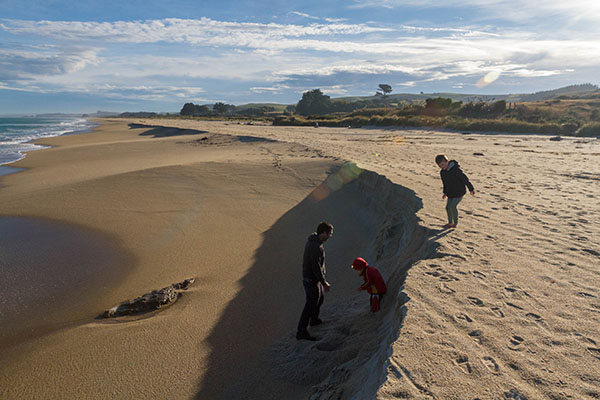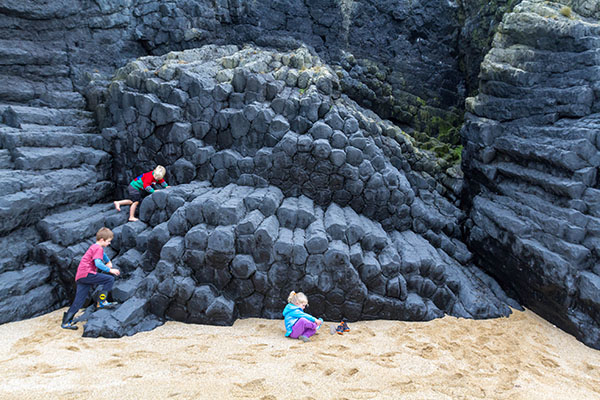A beach made of real crystals!!
A very remote beach just a little bit out of town. The highlight of it is the coarse, quartz-rich sand. The beach is always changing with the exceptionally rough tides constantly crashing upon it. New dunes and banks are created on a daily basis. The tidal sandbars block small creeks that flow over the dunes, giving rise to them very quickly, and thus making fun water slides of sorts. This is also the beach that took down the French ship called Marguerite Mirabaud on one fateful misty night. The ship ended up being auctioned off to all of the locals, bits and pieces of which are still evident among the local cribs.
Directions
The easiest way to get to this remote place is through Milton, South of Dunedin. Once in Milton, take Springfield Rd. near the famous 'kink' in the highway, through to Back Road. Take a left on Back Rd. Turn right onto Glenledi Road. Stay on it for about 10km. Most of it is on dirt. Glenledi Road comes to a split intersection: you can either take Irishmans Road to Cooks Head Rock...or... take Bull Creek Road to Crystals Beach road. Either way will take you to Chrystalls Beach.

